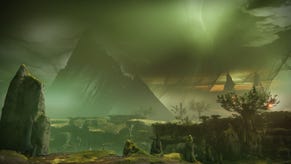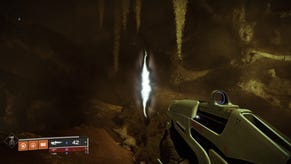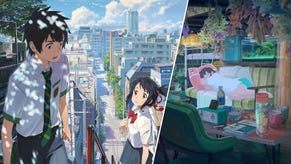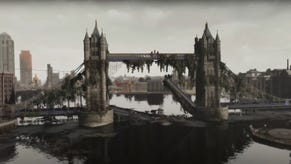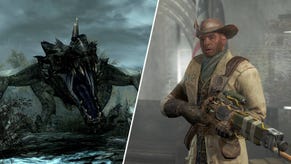You may be surprised by what Destiny's post-apocalyptic landscapes represent
Destiny takes place after the fall of humanity, when one lonely city holds out against the darkness crowding the solar system. But for Bungie, the shattered remains on the Earth's surface aren't supposed to communicate despair.
Destiny is about figuring out what went wrong, and retaking the Earth and beyond for humanity. Speaking to GamesBeat, senior environment artist Jason Sussman said that feeling is built into the very landscapes.
"They all embody our goal, which was to take reality and amplify that, make it more majestic. We wanted to build a hopeful world," he said.
"Even though humanity has been lost – you’re trying to figure out what happened to humanity – we wanted to build that up.
"On Cosmo, for example, there’s a lot of abandoned buildings. A lot of things are kind of strewn apart. But the way we light it, the way we bring the colour saturation and time of day together — we focused on time of day in each of the destinations. Through the span from day to night, we never wanted it to look bleak. We wanted to give some vibrance to the worlds. We’ve done that across the board."
Certainly the snowy landscape of the alpha environment was surprisingly colourful, at a time when we've all grown sued to "realistic" environments being grey, grey and more grey. Sussman said Bungie wanted to avoid "that rusted tone" common to post-apocalypse settings and make something "more vibrant and alive" - which having other players around helps with.
The art style of Destiny has some slight similarities to Halo - I'm not an expert, but I thought some of the enemy and weapon design rang a few bells - but although both games are sci-fi, they're actually very different. Bungie didn't plan this, but Destiny began as a high fantasy, swords-and-sorcery affair before the sci-fi angle crept in, so it ended up being visually distinct despite the genre match.
"We just wanted to make something unique and special, not only to the players, but to ourselves. We wanted to do something new, something bigger, something different in all the right ways, but still remaining true to our foundation," Sussman said.
"We’re doing a lot of different technical things that we haven’t done before. We have cloth sim on the players. We’ve rewritten our engine from the ground up. This is not the engine we used in the past. Every system has been amplified, from animation to the way we’re lighting the environment. We’re tuning in to every aspect of each next-gen console as much as possible."
The shattered world setting has narrative effects as well as differentiating the game form Halo.
"That just goes with the narrative. Humanity has been lost and you’re trying to figure out what happened all these years later. What is the Traveler? All this stuff. Each of these spaces, each destination, tells its own story in a way," Sussman said.
"It may not be just destruction. It might be a degradation, like things are just falling apart. What was the last thing that people were doing here? You’re seeing some of those things within the environment as you play.
Sussman reiterated that Destiny runs at 30FPS at 1080p on both PS4 and Xbox One, but also said that it already looks better than the build showcased in the recent alpha.
"It’s already looking better. What people are seeing in alpha right now, we’ve already started improving on that," he said.
"We’re actively testing the systems. We’re trying to push these new consoles as far as we can. We’ve pushed the 360 and the PS3 really far. We want to deliver, on all four consoles, the best possible experience."
Destiny arrives on PlayStation 3, PS4, Xbox 360 and Xbox One in September.
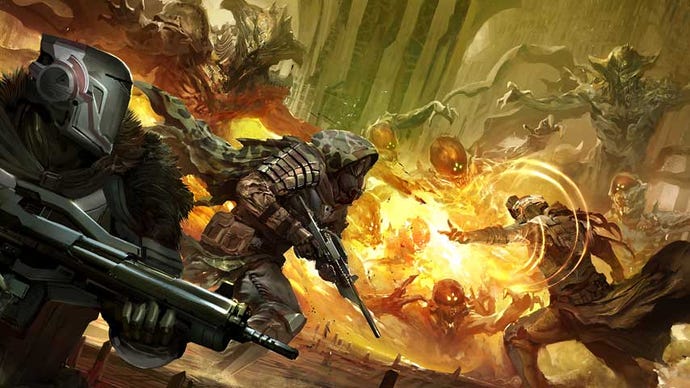


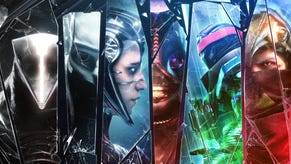


.jpg?width=291&height=164&fit=crop&quality=80&format=jpg&auto=webp)

